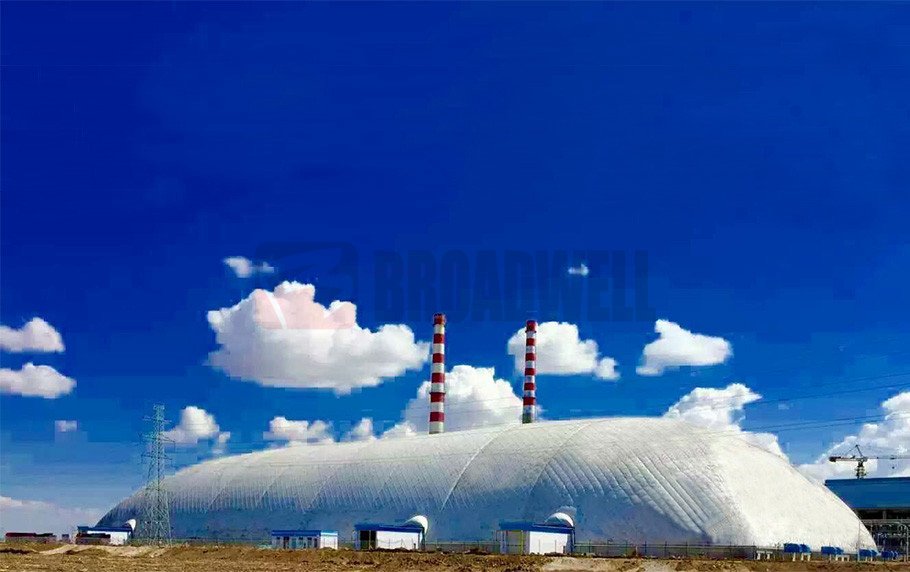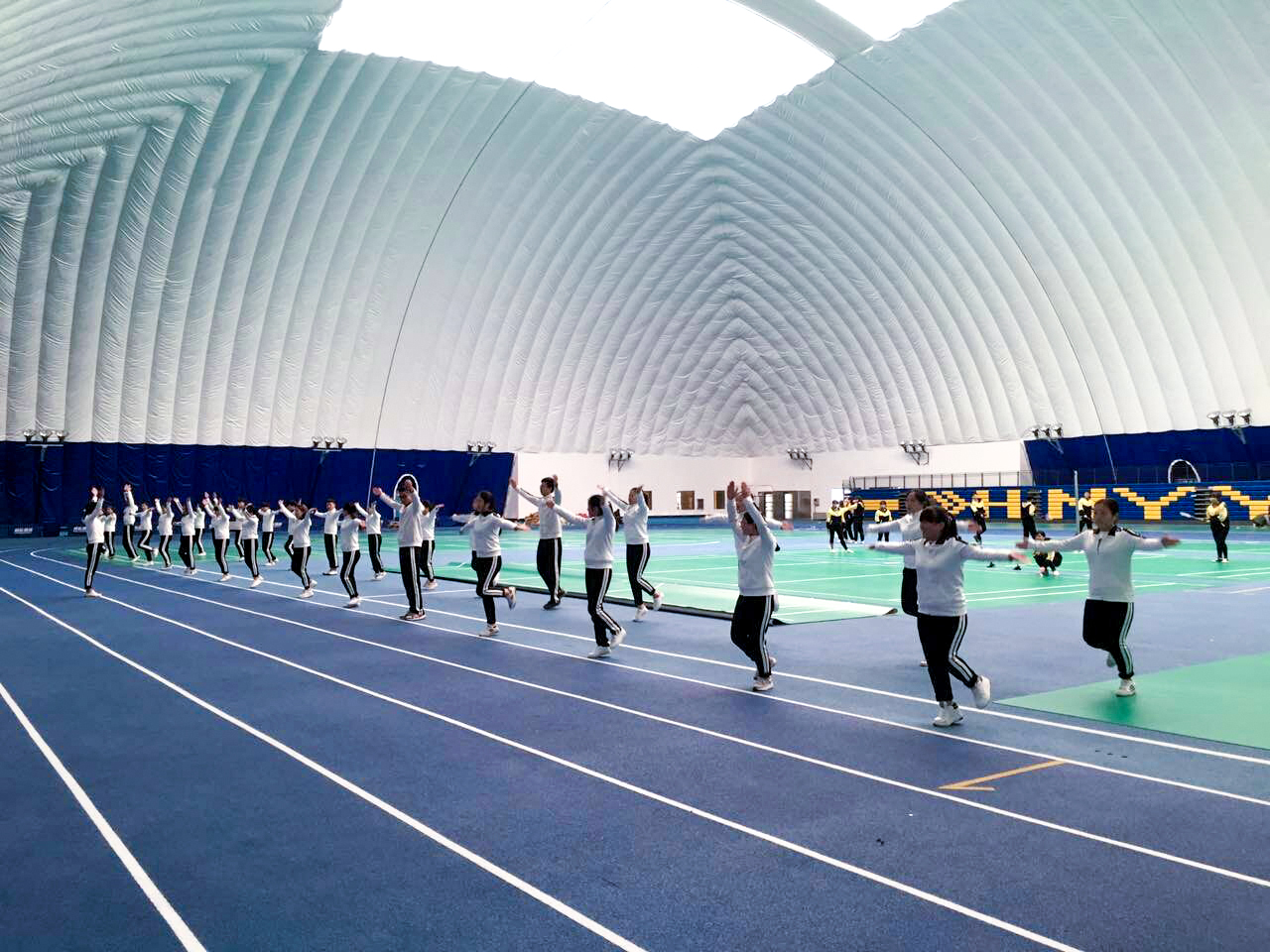News
Broadwell Air Dome
 Site
/uploads/image/677267645dfcf.png
As global energy prices continue to rise, the demand for energy-efficient buildings has become increasingly urgent. Inflatable air dome buildings, known for their superior thermal insulation, offer an ideal solution for energy conservation. Here’s an in-depth look at how these innovative structures contribute to energy savings:
Site
/uploads/image/677267645dfcf.png
As global energy prices continue to rise, the demand for energy-efficient buildings has become increasingly urgent. Inflatable air dome buildings, known for their superior thermal insulation, offer an ideal solution for energy conservation. Here’s an in-depth look at how these innovative structures contribute to energy savings:
How Inflatable Air Dome Buildings Help Save Energy with Excellent Insulation
Views: 2619
Author: Broadwell Air Dome
Publish Time: 2024-05-27
Origin: Site
As global energy prices continue to rise, the demand for energy-efficient buildings has become increasingly urgent. Inflatable air dome buildings, known for their superior thermal insulation, offer an ideal solution for energy conservation. Here’s an in-depth look at how these innovative structures contribute to energy savings:
Superior Insulation Properties
Inflatable air dome buildings typically consist of multi-layer membrane structures filled with air. This design effectively reduces heat transfer, maintaining a stable indoor temperature. Whether in cold winters or hot summers, air domes provide excellent insulation, reducing the need for heating and cooling systems and thus lowering energy consumption.
Effective Heat Insulation
Air, being an excellent insulator, plays a crucial role in the heat insulation of inflatable air domes. The air layer within the structure prevents external heat from penetrating, particularly during scorching summer months. By reducing the need for cooling, these domes significantly decrease energy usage associated with air conditioning.

Rapid Construction and Energy Efficiency
The construction of inflatable air dome buildings is much faster compared to traditional buildings, minimizing energy consumption during the building process. Their mobility and reusability further enhance their sustainability, supporting energy-saving goals through reduced construction time and resource use.
Wide Applications and Economic Benefits
Air dome buildings are widely used in various settings, including sports arenas, temporary exhibition halls, and emergency relief centers. Their relatively low cost and simple maintenance make them an economically viable solution, especially valuable when energy prices are high. This affordability, combined with energy savings, provides a practical approach to energy-efficient building.
Environmental Friendliness and Reduced Carbon Emissions
By reducing reliance on traditional heating and cooling systems, inflatable air dome buildings effectively lower carbon emissions, offering substantial environmental benefits. Their energy-saving capabilities contribute positively to global climate change efforts, aligning with sustainability and green building initiatives.
Technological Advancements and Future Prospects
The technology behind air dome buildings continues to advance, further improving their energy efficiency and broadening their applications. Innovations in materials and construction techniques are expected to enhance the insulating properties and durability of these structures, making them even more effective in energy conservation.
Case Studies and Real-World Applications
Several notable examples illustrate the effectiveness of inflatable air dome buildings in energy savings:
1. Wembley Stadium, London, UK: Known for its iconic design, the air dome technology at Wembley Stadium ensures spectator comfort and optimal lighting, reducing energy costs.
2. U.S. Bank Stadium, Minneapolis, USA: This stadium's air dome provides excellent insulation, significantly cutting down on energy required for heating and cooling during events.
3. Tokyo Dome, Japan: Tokyo Dome's air dome design is not only energy-efficient but also resilient against natural disasters like earthquakes, showcasing its dual benefits of safety and sustainability.
4. Allianz Arena, Munich, Germany: The stadium’s air dome is famous for its aesthetic appeal and energy-efficient design, contributing to reduced operational costs.
5. Rogers Centre, Toronto, Canada: As the first stadium in North America with a retractable air dome, Rogers Centre demonstrates the practical benefits of air dome technology in various climates.
In the face of rising energy prices, inflatable air dome buildings offer a compelling solution for energy efficiency. Their exceptional thermal insulation, rapid construction, economic viability, and environmental friendliness make them a standout choice in the quest for sustainable building practices. As technology continues to evolve, these structures are set to play an even more significant role in reducing energy consumption and supporting a greener future.
By adopting inflatable air dome buildings, we can effectively address the challenges posed by high energy costs, ensuring comfortable, cost-effective, and environmentally responsible living and working spaces.









